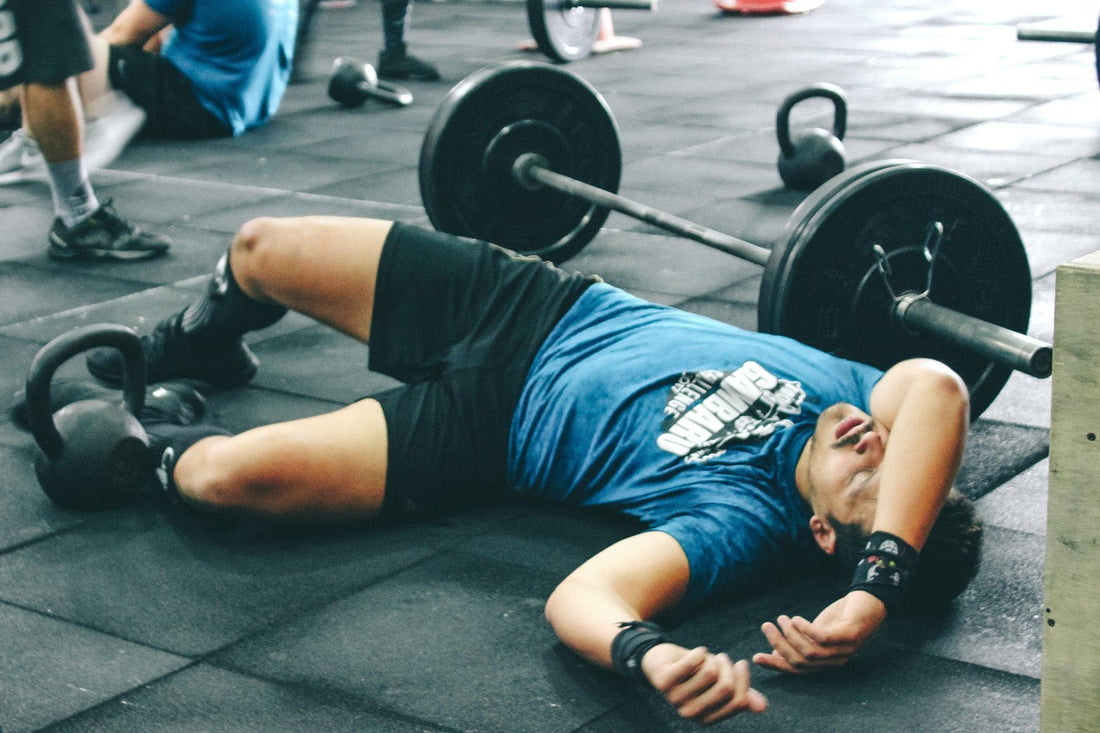
The Ultimate Muscle Recovery Guide

We all know that muscle growth doesn’t happen in the gym: it happens outside of it. This means what you do to recover from your workout sessions is, arguably, even more important than what you do in training.
The problem with recovery, though, is that it takes time. You’d much prefer to be in the gym pounding away at the weights than waiting around for your body to recuperate from the last session.
Is there anything that you can do to speed up the process?
Over the years, both the experience of trainers and scientific evidence have revealed the factors that seem to assist recovery and help people get back in the gym sooner. Check out this quick list we made for you of some key recovery factors.
Drink A Protein Shake Around The Time Of Your Workout

Research shows that the body needs a combination of carbohydrates and protein to provide fuel for an effective workout. It’s crucial that you consume these nutrients both before or after your workout to give you the energy that you need to power through.
Consume BCAAs

BCAAs, or branched-chain amino acids, are a particularly important kind of protein for bodybuilders and athletes. The reason for this is that the amino acids are already in a form that the body needs to construct new tissues. Hence, when you give your body BCAAs, you’re effectively giving it the raw materials to make muscle cells, without it having to go through any rate-limited intermediate steps.
Research suggests that BCAAs reduce muscle soreness, decrease fatigue, and increase muscle size. It’s a must-have supplement for anyone who trains heavy.
Get Your Eight Hours Of Shut-Eye

The average person gets around six and a half hours of sleep per night. That’s not enough. Research consistently shows that people need around eight hours consistently to perform at their best.
Use A Foam Roller

Long-term trainers can often wind up developing “knots” in their muscles - points of uncomfortable tension where the tissue can feel tense and tender.
Foam rollers are plastic rolls with pliable studs around the outside that massage sore muscles, helping them to relax. All you do is roll them back and forth across the target area under your own weight and they will do the rest. There’s plenty of videos out there to show you how to target specific areas with a foam roller.
Embrace Active Recovery

The concept of active recovery has become increasingly popular in recent years. The idea is to engage in light activities on your rest days so you can keep blood and nutrients flowing to muscles as they recover.
Active recovery might include things like taking the dog for a walk or going to a yoga class. Try, if possible, to keep activity light: you don’t want to interrupt the recovery process.
Don’t Overtrain
Doing high-intensity weightlifting sessions six or seven times per week will lead to overtraining - a feeling of persistent exhaustion and fatigue. Take breaks in your training for a deload, and make sure that your rest days are genuinely restful.
The Recap
Take your recovery as seriously as you take your workouts if you want to stay fit and healthy in the long run. Actively plan out your recovery strategy, and listen to your body when it's warning you that an injury may be right around the corner. Now sip your BCAA's, hop on the foam roller, and get to bed early tonight.
